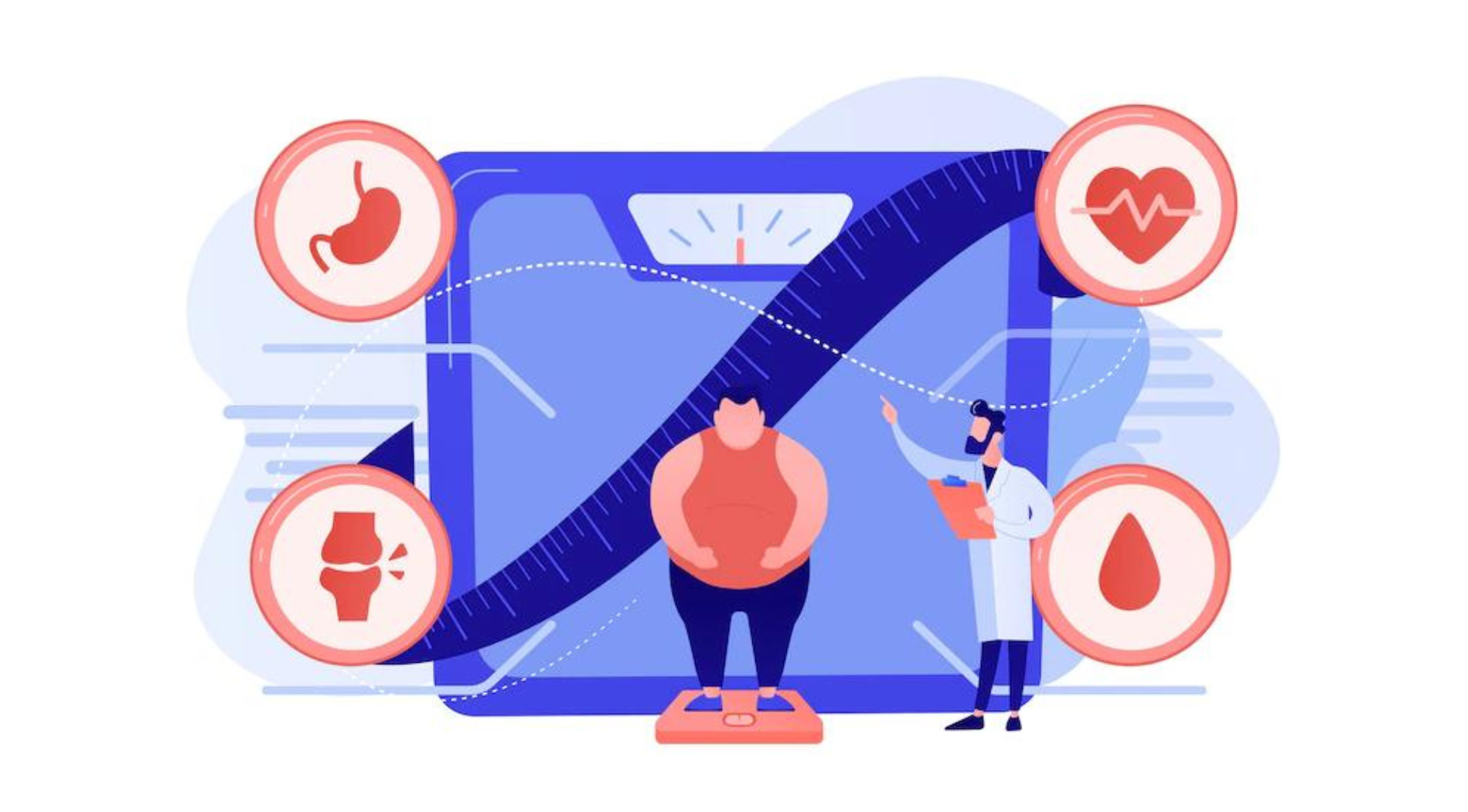Weight Stigma: Is it as dangerous as Obesity itself?
Weight stigma describes the discriminatory behaviours and viewpoints that are directed at people based on their size and weight. Weight bias leads to weight stigma. Social rejection and devaluation that accrues to those who do not conform with established social expectations of optimal body weight and shape is how weight discrimination is defined. Simply said, prejudice based on a person’s bodily weight is what is meant by “weight stigma.”
Weight stigma can cause physiological changes in the body that result in poor metabolic health and increased weight gain, such as elevated cortisol levels. Additionally, people who are overweight may use alcohol and other drugs more frequently, eat excessively to cope with their emotions, avoid going to social gatherings or medical settings, and utilise food as a coping mechanism. Studies have shown that the detrimental impacts of weight discrimination resulted in a 60% greater chance of mortality, even when body mass index (BMI) was adjusted for. These adverse health outcomes are the result of what they refer to as chronic social stress.
The negative impacts of Weight Stigma
Numerous negative emotional reactions, including despair, low self-esteem, and anxiety, can be brought on by stigma. The usual culprit for these potential effects is obesity itself. The increased likelihood of depression and anxiety disorders in people who have or have had obesity has been shown to be mediated by weight stigma rather than obesity. The emotional consequences of stigma are frequently in the spotlight. However, weight stigma can also have social and physical implications in addition to its negative effects on emotional health.
- Intentionally or inadvertently, words have the power to heal or do harm. According to recent research, teenagers who are overweight or obese prefer neutral phrases like “weight” and “body mass index,” whereas their parents tend to feel sad, embarrassed, and ashamed when they use terms like “obese,” “very obese,” “fat,” or “weight problem.”
- Additionally, using words like “a youngster with obesity” as opposed to “an obese child” can assist lessen the possibility of stigmatising language. It is known as people-first language, and it is becoming the norm for obesity as well as other illnesses and disabilities. Health care practitioners can involve the patient and/or parents in creating objectives and addressing barriers for how they will accomplish sustainable health behaviour change by using compassionate and empowered counselling approaches like motivational interviewing.
- Disprove the notion that being healthy and happy at a certain weight are mutually exclusive. Nothing about a person’s health practices can be inferred from their body size. A person who weighs less may be just as prone as a person who weighs more to consume a bad diet and engage in inactivity. By refraining from making assumptions or generalisations about people’s health or lifestyle choices based only on their weight, public health practitioners can counteract the stigma associated with obesity. Furthermore, we may incorporate habits that improve people’s health regardless of where they lie on the weight spectrum into our public health messages, campaigns, and interventions.
- Addressing the stigma of obesity in medical settings. According to studies, doctors have a substantial anti-fat inclination when providing medical care. This tendency lowers the standard of treatment, which is another another way that the stigma associated with obesity and being overweight harms the health of those who are overweight or obese.
There are numerous approaches to eliminate stigma in health care settings, just like there are in everyday life. In order to acknowledge the presence of weight stigma and make an effort to utilise person-first language in their speech and medical record, clinicians should, of course, abide by the same guidelines as above.
Additionally, patients would benefit greatly from refraining from the usual, generic counsel to consume less food and exercise more in order to lose weight. This kind of advice places the patient as the only contributor to and cause of their weight, disregarding the numerous environmental, genetic, and physiological reasons of obesity.
Clinicians should also be careful to not instantly presume that obese patients are participating in binge eating habits and should believe what their patients say about their nutritional intake and physical activity. The goal of the clinical visit should be to learn more about the patient’s situation and to gather information. If the practitioner feels uncomfortable discussing or prescribing various treatment options, a referral to an obesity expert may be necessary.


